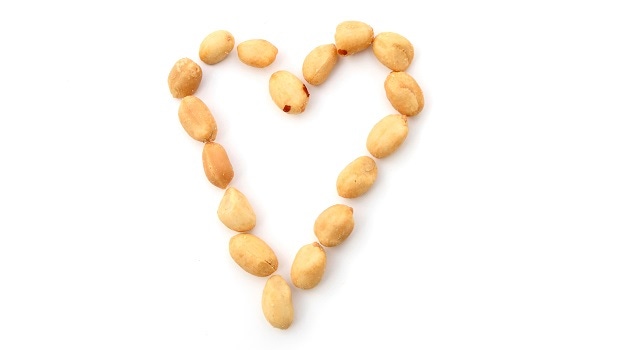U.S. Department of Agriculture (USDA) scientists and university cooperatives released a new Spanish peanut variety that packs high levels of healthful oleic acid. The new variety, called OLé, could provide producers and consumers with a peanut that has disease resistance, longer shelf life and heart-healthy qualities.
February 25, 2015

U.S. Department of Agriculture (USDA) scientists and university cooperatives released a new Spanish peanut variety that packs high levels of healthful oleic acid. The new variety, called OLé, could provide producers and consumers with a peanut that has disease resistance, longer shelf life and heart-healthy qualities.
Oleic acid is a beneficial monounsaturated fatty acid. The high levels of oleic acid in the peanut make its oil heart-healthy for consumers. In addition, peanuts’ protein content makes them ideal for use in functional foods; as noted in INSIDER’s Digital Issue, “Form and Function," protein is one functional ingredient that consumers are familiar with and try to increase intake of.
Olé, which will be available for commercial production this year, was developed by Agricultural Research Service (ARS) biologist Kelly Chamberlin of the Wheat, Peanut, and Other Field Crops Research Unit in Stillwater, Oklahoma, and cooperators at Oklahoma State University.
According to Chamberlin, this is an important variety that will have a lot of impact on the peanut industry as a whole. OLé has resistance to Sclerotinia blight, a fungal disease that can cause yield loss and is a particular problem for peanut growers in Oklahoma, Texas and the Virginia-North Carolina region. Depending upon severity of field infestation, yield losses due to such soilborne diseases may be as high as 50 percent.
Sustainable peanut production in the southwestern United States demands that cultivars grown there possess certain characteristics, including a high oleic/linoleic acid ratio, which increases peanut product shelf life, and resistance to multiple diseases, according to Chamberlin. In tests at three locations in Oklahoma, Chamberlin and her colleagues found that growing OLé reduced Sclerotinia blight infestation. This can save growers approximately $100 per acre in fungicide costs for Sclerotinia blight alone. The variety also has good pod rot resistance.
You May Also Like




.png?width=800&auto=webp&quality=80&disable=upscale)